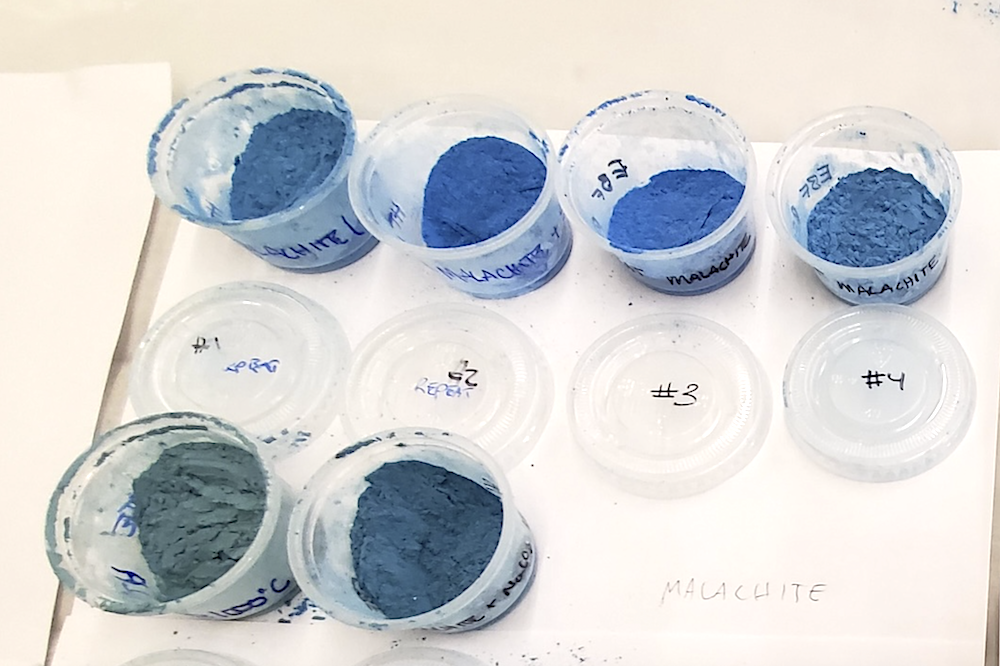
""Most ancient pigments were derived from natural resources - ochre, charcoal, or lime, for example," writes Ben Seal at Carnegie Museums of Pittsburgh."
""In some cases, Egyptians were able to use lapis lazuli, a metamorphic rock that was only found in Afghanistan, to represent the color blue.""
""Haney and her team published a paper on their work of recreating what's called 'Egy..." <Note: incomplete final quote>"
The article explores the creative ways ancient Egyptians used natural resources to create pigments, particularly blues from rare materials like lapis lazuli, which influenced their artistry. Researchers from Carnegie Museums and Washington State University, led by Lisa Haney, studied these pigments and their historical significance. Their recent paper outlines efforts to recreate 'Egyptian blue,' revealing how ancient color use reflects human creativity and resourcefulness in the face of limitations. This work highlights the historical context of color and its importance in ancient civilizations.
Read at Open Culture
Unable to calculate read time
Collection
[
|
...
]